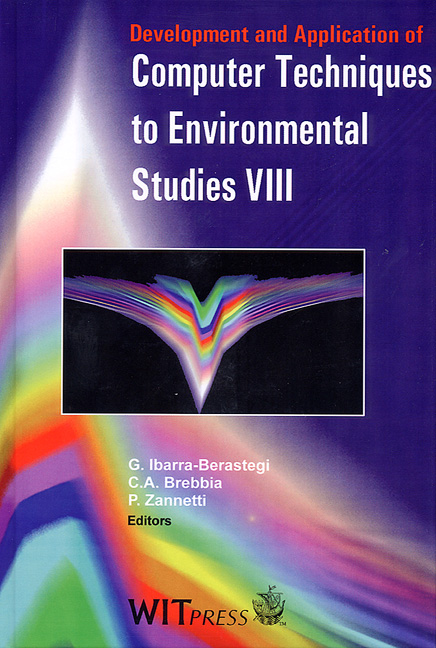Prediction Of Ground Level Ozone Concentration Using Artificial Neural Network Modeling
Price
Free (open access)
Transaction
Volume
41
Pages
10
Published
2000
Size
1,105 kb
Paper DOI
10.2495/ENV000021
Copyright
WIT Press
Author(s)
P.O. Scarlatos & M. Crumiere
Abstract
Prediction of ground level ozone concentration using artificial neural network modeling P.D. Scarlatos and M. Crumiere Department of Ocean Engineering, Florida Atlantic University, U.S.A. Abstract Ozone is a toxic and reactive air pollutant that is hazardous to human health and is detrimental to many living organisms and inorganic substances. Ozone is a secondary pollutant that depends on other air pollutants and meteorological conditions. Prediction of anticipated ozone concentrations is very important for an effective air quality management. Timely warnings of unhealthy ozone concentrations can reduce the associated risks to human health and to sensitive ecosystems. The standard for maximum ozone concentration for hourly exposure is 0.120 parts per million. Recently, a new 8-hour standard for ozone concentrations of 0.080 parts per million was set by the US Environmental Protection Agency. A variety of physically based and statisitcal models have been developed and applied for
Keywords





